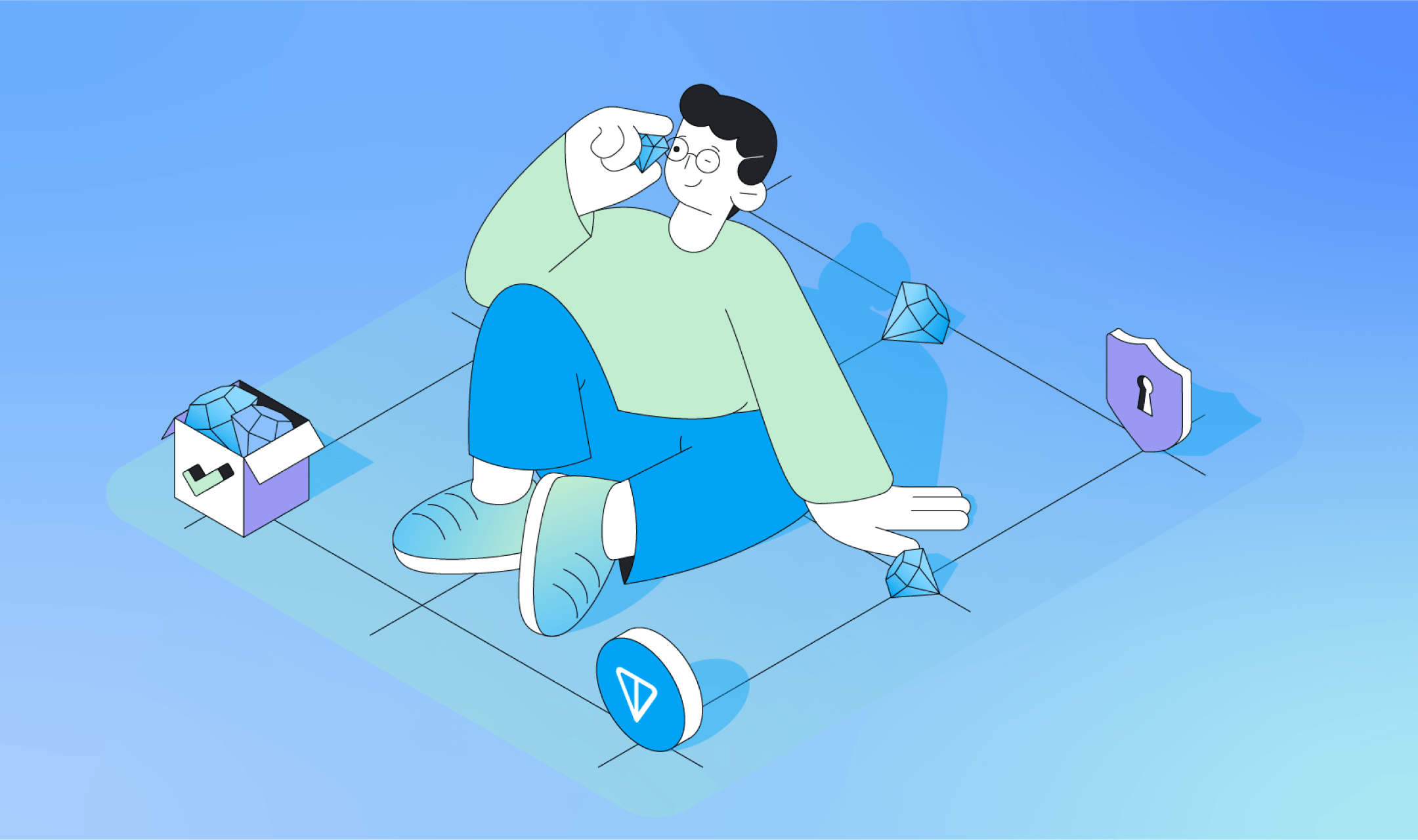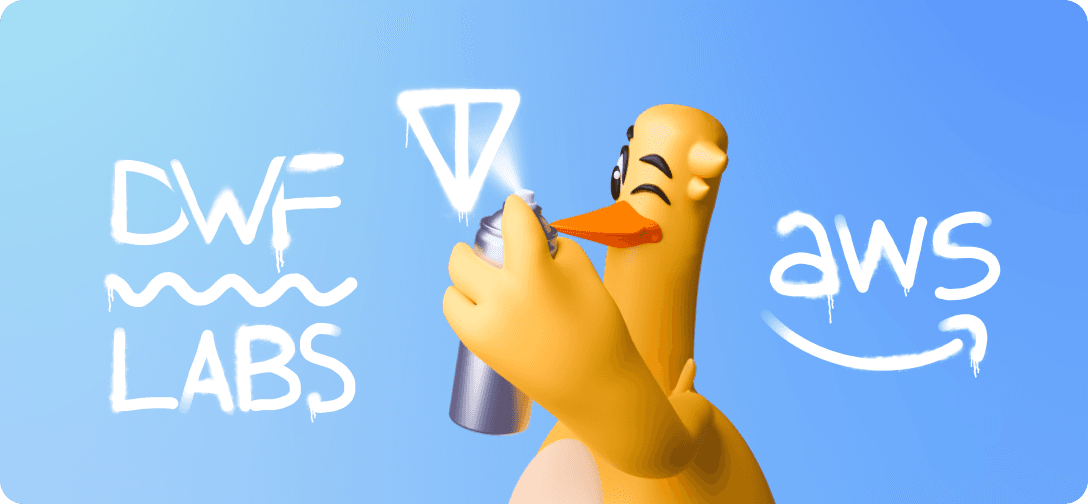The TON Blockchain is based on PoS consensus

For everyone that has come to know the TON blockchain, most will probably know that TON is mineable. However, the TON blockchain was never a PoW consensus algorithm. The TON blockchain is actually a consensus algorithm based on PoS and implements sharding expansion. Therefore, the TON blockchain has the characteristics of tightly-coupled sharding that PoW does not have.
The TON blockchain is essentially a PoS blockchain, and the most important PoS infrastructure is the validator. Currently, there are more than 100 validators in the world, and most are private validators. To assist in the health of the TON blockchain, TON holders can pledge their TON to validators and get TON PoS staking rewards as additional income.
Currently, the TON PoS APY reward is about 13%. TonStake.com, as an example, allows users to stake their TON to validators through Centralized validator service where they can earn an additional 13% TON after one year as a staking reward through PoS.
On the TON blockchain, the PoS consensus algorithm is used. While operating the PoS consensus, the TON blockchain has designed many consensus infrastructures, including Validators, Fisherman, Nominator, and Collator.
Validators
Validators work to verify unconfirmed transactions, and packages unconfirmed transactions into the blockchain to complete the verification of the transaction. If the validator does no evil, then you will get the reward you deserve. The distribution of rewards is derived from the annual increase rate of the TON blockchain, and the TON blockchain will reward the additional TON to Validators. The current increase rate of the TON blockchain is 0.6%. For example, the current market supply is 5,000,000,000 TONs, and the annual increase rate is 0.6%, which means that 30,000,000 TON will be issued to contributing validators this year.
On the TON blockchain, becoming a validator goes through the following four states:
- Elections status: seven hours. If you want to be a validator, you need to send TON to the elections smart contract to participate in the election within these seven hours. It should be noted that the transaction sent to elections is a special transaction type, not a general wallet address transfer transaction. If you send TON directly to the election address, it may cause the loss of your TON. To participate in the election, you need to create a special transaction to participate in the current election.
- Status between elections and active_election_id: There will be two hours, the 2hr time is to confirm whether the minimum threshold to become a validator is reached. For example, the current TON blockchain network requirements may say that as little as 10,000 TON can allow users to participate in the election when in fact, the minimum threshold to be elected must be at least 300,000 TON to reach the true minimum of the TON blockchain. As for election thresholds, If your invested TON does not meet the minimum election threshold, your TON will be returned to the original address within two hours. If the election threshold is passed, it will proceed to the next state verification session.
- Validation session status: It will take up to 18 hours. If you are elected as a validator, your system will start working during these 18 hours. During this process, if your validator encounters network problems, fake signatures, or machine failures, it is very likely that you will be subject to high fines. Becoming a validator usually has strict hardware requirements, It is usually recommended to have at least 16 cores, 64G RAM, 512G SSD, and 1 Gbit/s internet for your hardware specs . It is worth mentioning that the validation session lasts for 18hr, but the next round of elections will be held 9 hours after the current validation session starts. This mechanism is for the current Validator to leave the validation session after 9 hours, and the next round of validators will continue to execute the operation of the TON blockchain.
- Stakeholding status: The time is up to 9 hours. After completing the working status of the verification session, the validator's TON will be locked in the election contract. Validators need to withdraw funds after 9 hours.
The figure below is a PoS operation state diagram of the TON blockchain. You can find that there are actually two overlapping working states.

At present, there are more than 180 validator services in the world, which promotes the decentralization of the TON blockchain. According to the above description, we can find several issues: If users want to participate as a validator and earn further rewards, then they will encounter difficulties.
- First, users need to have a high-performance computer with a minimum of 16 cores, 64G RAM, 512G SSD, and 1 Gbit/s internet, which is a huge equipment cost for regular users.
- Second, in addition to purchasing equipment, users also need to maintain the stability of power, network, hardware, and operating systems. If the host fails, it will cause loss of assets. At the same time, it will also cause harm to the TON blockchain network.
- Third, because validator is a public service connected to the global network, you will be exposed to the global public network, and in the near future, your validator may become the target of global hacker attacks. Attacks may either paralyze your validator status, or a hacker could steal all your TON.
- Fourth, to become a Validator, in addition to purchasing a host, maintaining stability, and maintaining security, the threshold of funding is also required. Even though the official requirements are listed as 10,000 TON to participate in the election, you can indeed ‘participate’ but cannot be elected as a validator. As a result, if you only invest 10,000 TON, you will not be able to get any PoS rewards. As described in the above description of the working principles of a validator, the operation of PoS is divided into two rounds. If you invest 300,000 TON, you then have a chance of being elected in one of two rounds of elections. To be able to fully participate in the operation of a validator, you need to prepare more than 600,000 TON. For regular users, it is almost impossible to have more than 600,000 TON.
Currently well-known ones include Tonstake.com and Ton Whales, two staking service providers. The biggest difference between the two is the cash flow of TON.
Tonstake.com is a custodial staking provider, the structure is similar to that of large cryptocurrency exchanges. Users send funds to the deposit address, and the system automatically sends funds to multiple validator nodes. If the user wants to withdraw funds, the system will automatically send the funds to the withdrawal address before sending them to the user. The advantage of custodial's staking provider is that it can have more service items, including enterprise-level API support, reporting, private node services, and lower entry thresholds. The security risks faced will be problems in the traditional information security field. Tonstake.com will charge 10% of the user's interest as a handling fee.
Ton Whales is a non-custodial staking provider, and the deposit and withdrawal addresses are all done automatically by smart contracts (automatically send funds to validators through smart contracts). The risk is that in novel smart contracts, there may be smart contract vulnerabilities unknown to the developer. Ton Whales can reduce a lot of server operating costs in terms of system operation and maintenance. The current system is quite stable, and Ton Whales will charge 25% of the user's interest as a handling fee. Ton Whales is currently the largest staking service provider.
In fact, the above two structures are all for TON holders to have the opportunity to participate in staking services as a starting point. A more complete Nominator role is described in the original TON blockchain white paper.
Nominator has several features:
- It is a smart contract,
- A smart contract for investment (so TON holders will escrow funds to Nominator),
- It will score the validator according to the health degree,
- Send the funds to the validator according to the health degree weight,
- Can participate in the voting of the TON blockchain, and
- Nominator will earn part of the commission.
I believe that in the future Nominator will become the main mechanism for staking services. The current Tonstake.com and Ton Whales are the product of a short transition period.

